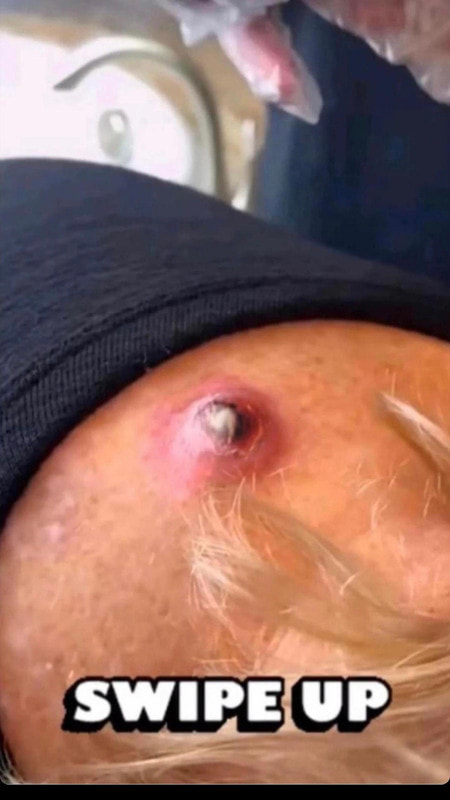As your complexion and eyes acquire a pale yellow tint, it may be a sign of underlying health concerns.
Yellowing of the skin, known as jaundice, is a common condition with newborns, which usually resolves as the baby’s liver develops. However, with adults, yellow skin can be a symptom of several different health conditions, specifically diseases that affect the liver.
Jaundice
“Jaundice” is the medical term that describes yellowing of the skin and eyes. Jaundice itself is not a disease, but it is a symptom of several possible underlying illnesses. Jaundice forms when there is too much bilirubin in your system. Bilirubin is a yellow pigment that is created by the breakdown of dead red blood cells in the liver. Normally, the liver gets rid of bilirubin along with old red blood cells.
Jaundice may indicate a serious problem with the function of your red blood cells, liver, gallbladder, or pancreas.
- Newborn jaundice is a common condition that occurs when a baby has a high level of bilirubin in the blood soon after birth.
- It often goes away on its own as a baby’s liver develops and as the baby begins to feed, which helps bilirubin pass through the body.
- Very high levels of bilirubin can put a baby at risk for deafness, cerebral palsy, or other forms of brain damage, so jaundice should be carefully monitored if it occurs after birth.
- The first sign of jaundice is yellowing of the skin or eyes that begins within two to four days after birth and may start on the face before spreading down across the body.
- Symptoms of dangerously elevated bilirubin levels include jaundice that spreads or becomes more intense over time, fever, poor feeding, listlessness, and high-pitched crying.
